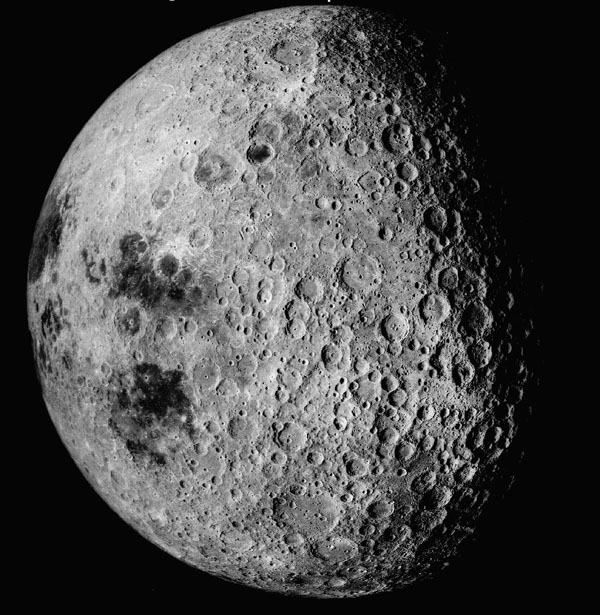
A friend of mine recently sent me this quote from J.C.R. Licklider (an important figure in computer science) from around 1969, talking about one of the first display of 3D on a screen:
Sutherland’s demonstration […], is a step that takes us into a new world. It does so […] because the laws of this new world are the laws the modeler programs into it. The effects that can be created are thus constrained by limitations of the programmer’s imagination rather than by the way things actually are on this mainly Euclidian-Newtonian earth.
The laws of the model’s nature have to be logically and mathematically consistent with one another, but not with physics.
I like how clear it was to him even at the time. I especially like the following, because it is something I realized myself:
It will be intellectually at least as exciting to perceive and explore a synthetic 4-D world as to perceive and explore a merely actual, merely 3-D moon.
The concept of space is so fundamental to us. We built the concept of a dimension in order to explain the physical world, but the concept is strangely naturally not bound by it, in the sense that dimensions are not simply limited to 3. Width, depth, height; just add one more number! Even more surprisingly, we can take everything we know about our 3D world and extend it to 4D. This new world has something deeply interesting about it. It is very similar to ours in many ways, but all its differences stem from changing one single number in the mathematical representation we have of physical space itself.
So in a sense we can think about logically and mathematically consistent worlds as the new frontier for human exploration, which we have discovered a new way to extend. It’s fun to think of games and interactive simulations as sort of spaceships that allow people to explore a different part of our universe.
When I started working on Miegakure I only had vague ideas of how it would play or even look like on screen! I just set up the rules, and followed where they lead me…
More next time.







It’s amazing that it’s taken this long for that statement to be explored in such a large way as miegakure, I’ve not heard of much beyond a couple 4D tetris, or 4D pong type games
Can’t wait
I think assuming that worlds have to be logically and mathematically consistent is a bold thing to do. It’s an idea everyone seems to have, but where did that come from?
Pritchard, it’s because if they’re logically (or mathematically) inconsistent, they can’t be learned. Even if there’s an inconsistency to the logic or math of such a world, that inconsistency has to be by some measure consistent to be discernible, and discernible to be learnable, and learnable to afford play, and thus suitable for a game.
Surely, you could model an inconsistent world just for the sake of it, but the value in doing so needs to be defined, it’s not inherent.
The value of a non-real yet consistent world is that it allows one to learn about it, and play with it. Jonathan Blow has given some great talks about Braid and game design in general, that explain in much greater detail the relationship between your ability to learn a system, and the value of that system for play and facilitating meaningful experiences.
Very excited Marc! It’s looking great.